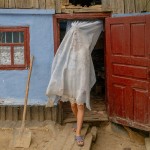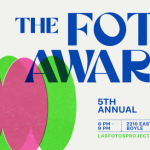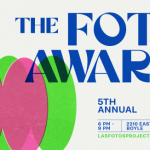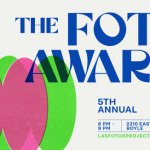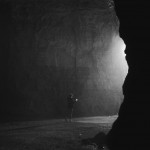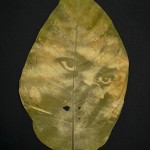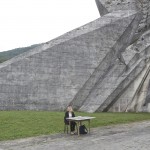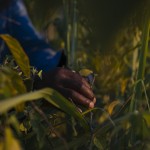Marko Drobnjakovic: Finalist in the 2019 Aftermath Grant
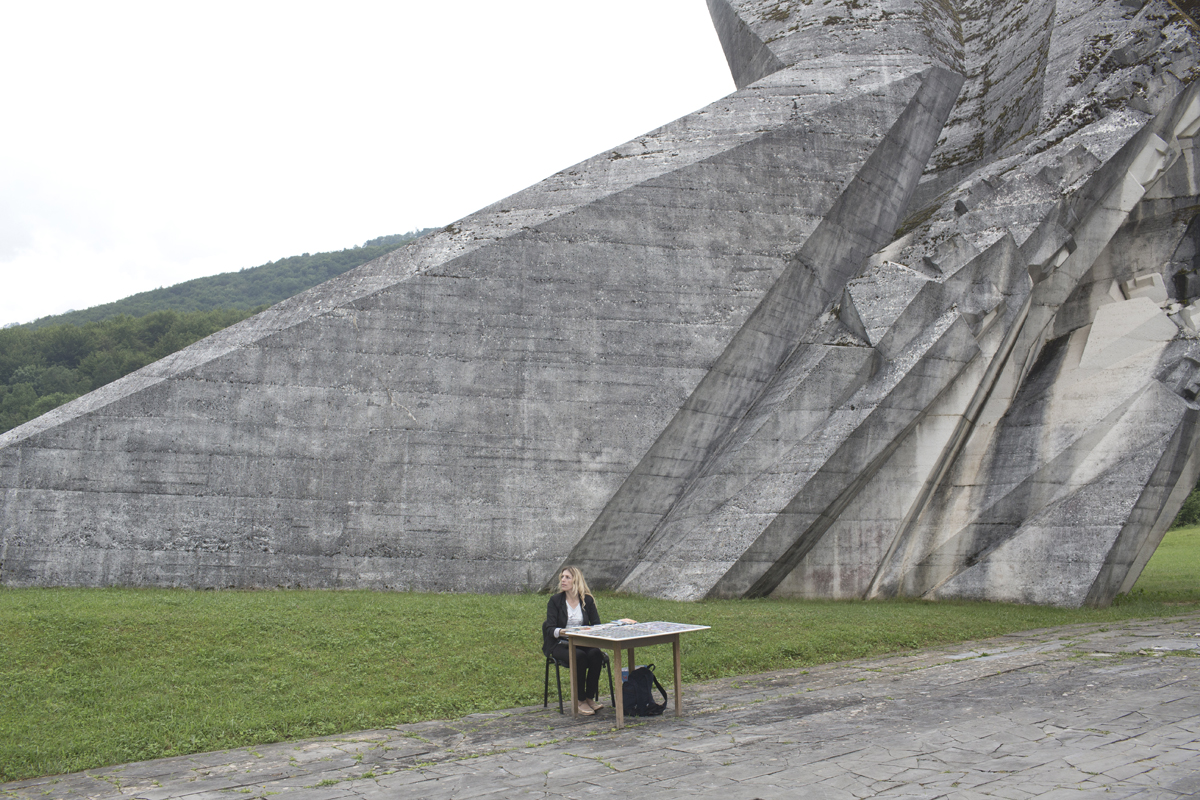
©Marko Drobnjakovic, A souvenir seller waits for customers as she sits next to a monument to the WWII Battle of the Sutjeska, Tjentiste, Bosnia and Herzegovina, June 17, 2017. Thousands of monuments of all shapes and sizes were erected in Yugoslavia throughout the 1960’s and 1970’s to commemorate important historical events. A large number of the monuments were heavily damaged or destroyed on purpose in the 1990’s conflicts. Those that survived are still visited by Yugoslavs and people who feel nostalgia for the old country.
The Aftermath Project is a non-profit organization committed to telling the other half of the story of conflict — the story of what it takes for individuals to learn to live again, to rebuild destroyed lives and homes, to restore civil societies, to address the lingering wounds of war while struggling to create new avenues for peace. The Aftermath Project holds a yearly grant competition open to working photographers worldwide covering the aftermath of conflict. A 2019 finalist is photographer Marko Drobnjakovic. The jurors for this year’s grant were Aftermath founder Sara Terry; photographer and writer Ibarionex Perello; Aline Smithson, photographer, writer and founder of The Candid Frame, Ibarionex Perello; Aline Smithson, photographer and editor of Lenscratch; and Todd J. Tubutis, Associate Director at Sheldon Museum of Art, soon to be Director at the Art Museum of West Virginia University.
Yugoslavia no longer exists as a nation, having officially dissolved in 1992, yet it persists in the minds of many in the region who hold on to and strive to promote what Yugoslavia once represented, often emphasizing the country’s former idealism and promise over any negative recollections of autocratic rule.
What might that look like, more than 25 years later? How does a remembered—or longed-for—way of life manifest itself in the day-to-day? How does the veneer of nostalgia color the present?
Marko Drobnjakovic is a photographer based in Belgrade, Serbia, where he was born and raised during the waning days of then-Yugoslavia. His series, The Last Yugoslavs, offers vignettes into how memory plays out in real time. It is undeniably an aftermath project, but his are not images of destruction or rebirth. Rather, they are subtle documents of a nationalist undercurrent that stirs a particular demographic–one “impaired with a legacy of violence, populist politics, failed economies”–to reverence and longing for a tightly controlled peace and stability of the past.
Drobnjakovic’s palette and subjects are undeniably of that part of the world: the light on the landscape, the massive monuments and bombed bridges, the antiquated communication devices, the Soviet-era overcoats. But what this series truly bears witness to is a moment that transcends the region. As he has written, “This subject gains in importance as the worldly affairs are dominated by post-truth narratives. Xenophobia and populism are resurgent in America and Europe. The brutal decomposition of Syria and the continued conflicts in Afghanistan and Iraq sent waves of refugees through the Balkans, and the history of Yugoslavia intersected with world history once more. Hundreds of thousands of people fleeing from war in their home countries passed through farms, fields and towns that were once on the front lines of the Yugoslav conflicts. … In today’s world, the Yugoslav wars and the ideologies that triggered them seem not the shadows of the past, but a prediction of the future, the forefront of the new global reality of the 21st century.” – Juror Todd J. Tubutis
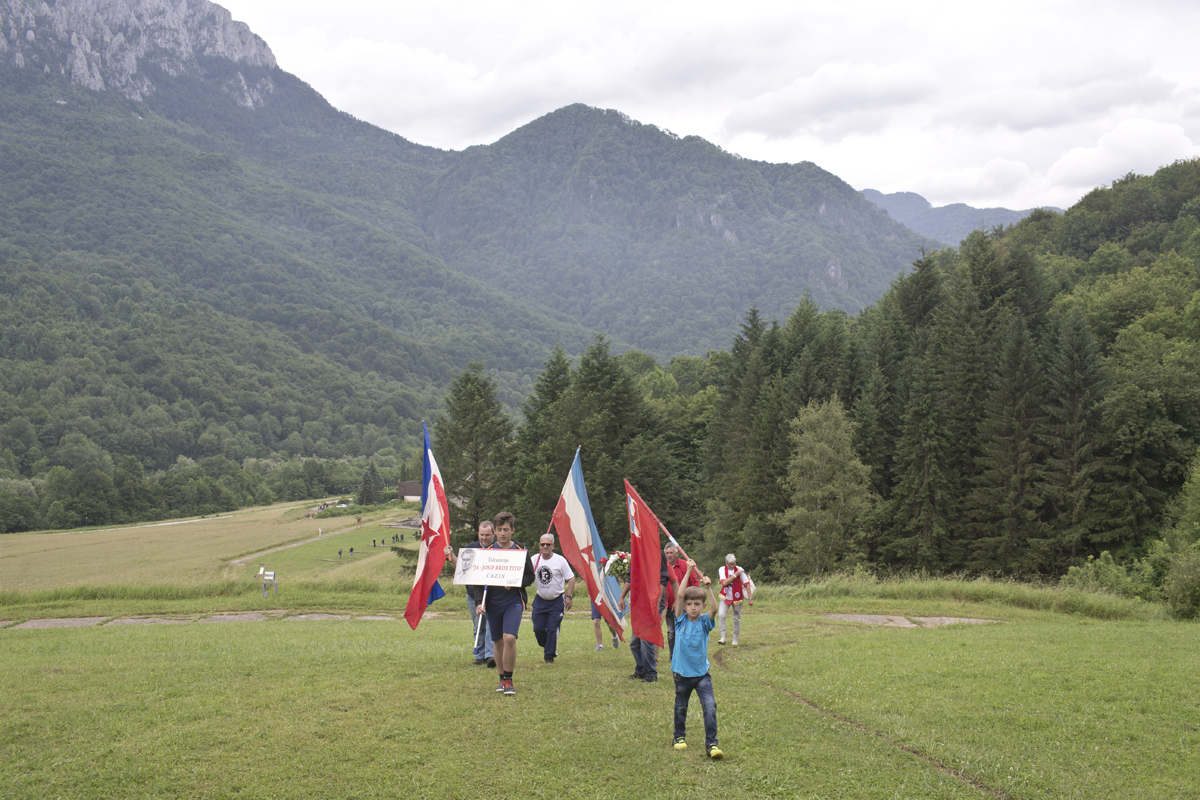
©Marko Drobnjakovic, Yugoslavs gather to commemorate the WWII Battle of the Sutjeska, Tjentiste, Bosnia and Herzegovina, June 17, 2017. Victory against Axis powers at the Battle of the Sutjeska in 1943 proved a critical moment for the WWII Yugoslav Partisan resistance, turning the tide of war against the Nazi occupiers. Yugoslavia was the only European country occupied by the Axis powers during WWII that managed to liberate itself without direct assistance by the Allies.
Marko Drobnjakovic is a freelance photographer and videographer, based out of Belgrade, Serbia. He is a contributor to The Associated Press, and has covered breaking news and sports stories across Europe and the Middle East. His work includes coverage of the aftermath of the Balkan wars, the Iraq conflict from 2006 to 2009, the Ukrainian revolution of 2014 and the conflict in East Ukraine, the advance of ISIS on Iraqi Kurdistan, the European refugee and migrant crisis, and the 2016 Mosul offensive, among other stories. He is a recipient of the Magnum Foundation Fund grant and was a 2017 Pulitzer Prize finalist for AP.
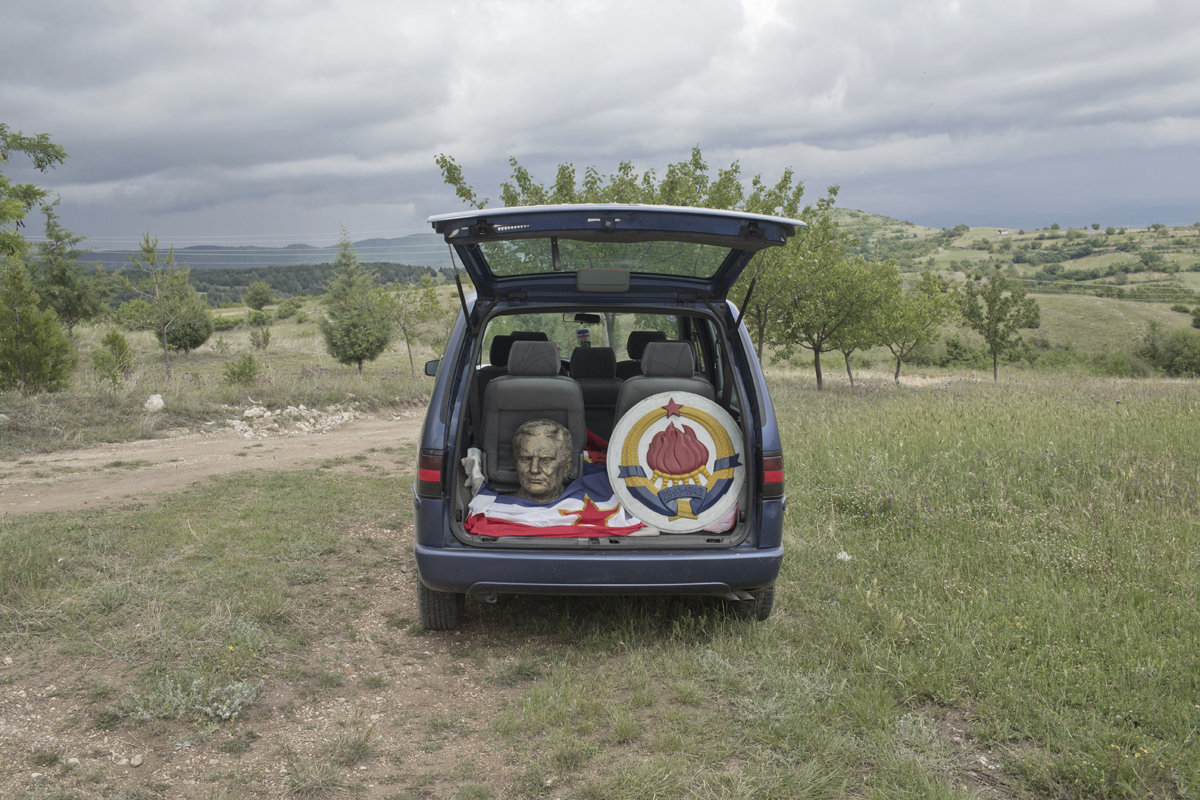
©Marko Drobnjakovic, A bust depicting Josip Broz Tito, former Yugoslav leader, along with the Yugoslav flag and coat of arms, sits inside a boot of a car, Kocani, Macedonia, May 25, 2017. The items were used in a privately organized celebration of Tito’s birthday in Kocani, eastern Macedonia.
The Last Yugoslavs
Yugoslavia, once my homeland, was a European country that existed in the 20th century. This socialist federation of six republics was one of the most ethnically diverse societies in the world. Ruled by a charismatic authoritarian leader, but with important democratic liberties preserved, Yugoslavia successfully balanced between East and West in the bipolar world established after WWII.
But the Cold War ended, and the country failed to adapt to new realities. As a result of
exclusionary politics that quashed reformist voices and ignored rising nationalisms, Yugoslavia disintegrated in a series of brutal wars in the 1990s. While the conflicts raged, those who identified as Yugoslavs, forgoing their original ethnic categorization and embracing a supranational sense of community, were labeled as traitors of ethnic interests.
New, troubled nations arose from the ashes of Yugoslavia, forging their newfound statehoods by revising their history and suppressing the traces of their shared past. The old model of the collective Yugoslav memory, one that was founded on the ideas of brotherhood and unity, peace and reconciliation after WWII, was replaced with nationalist mythology. Gradually, fewer and fewer people considered themselves Yugoslavs, reverting to their nominal ethnic groups.
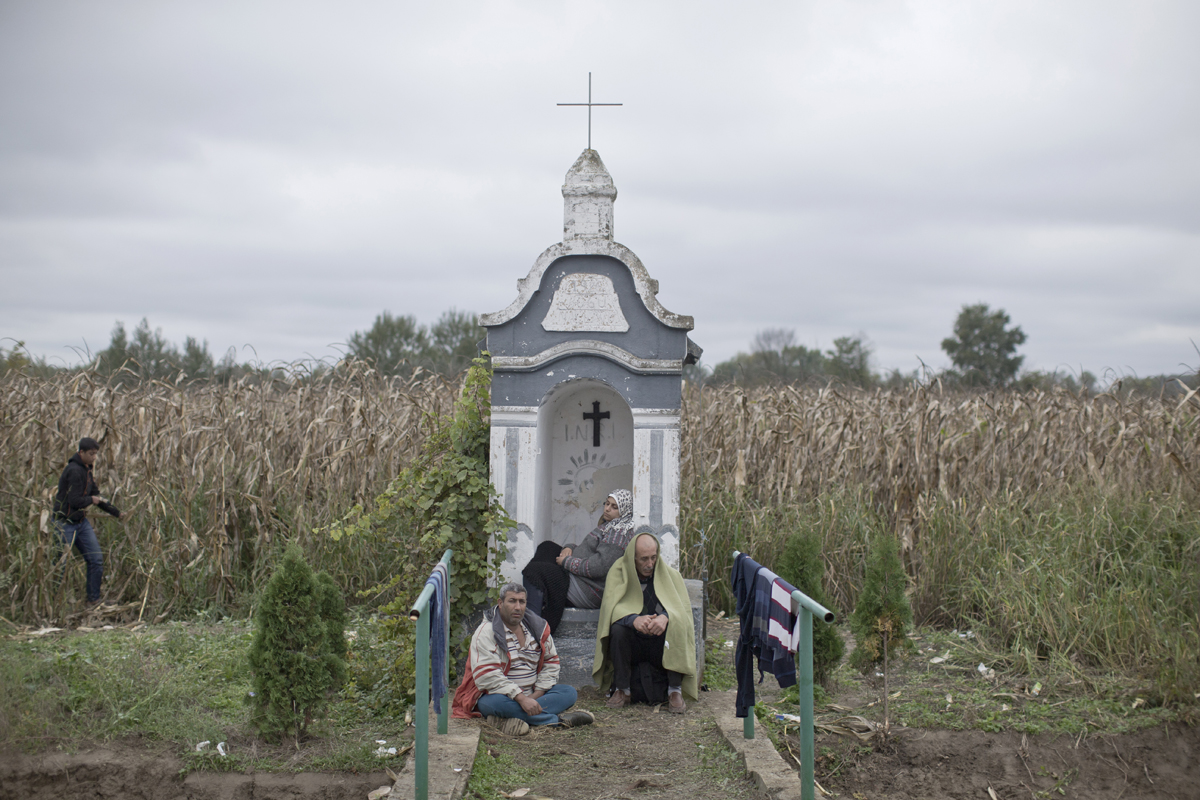
©Marko Drobnjakovic, Refugees from Syria rest at a roadside chapel on the border line between Serbia and Croatia, Sept. 26, 2015. The fields around the southern portion of the Serbo-Croatian border where this small chapel is located are littered with uncleared minefields, left over from the Yugoslav wars in the 1990’s. In 2015, at the height of the European refugee crisis, hundreds of thousands of refugees fleeing from war in their home countries, passed through farms, fields and towns that were once on the front lines of the Yugoslav conflicts.
The Last Yugoslavs documents the aftermath of a violent dissolution of a multiethnic society. It delves into the factors that shape the identity and memory of the people living in this forgotten enclave in the heart of Europe. Two decades after the cessation of hostilities, the seven countries birthed from the collapse of Yugoslavia remain clinched in post conflict mode, lost in the murky waters of endless transition. War, trauma and fear define day to day life, persisting as the central elements that mold personal identity and collective experience. The nationalist ideas responsible for the Yugoslav conflicts still dominate the public discourse, and the region continues to float
somewhere between bloodshed and peace, in a prolonged state of uneasy truce.
This work examines the identities of those who remain Yugoslavs – more than twenty years after the bloody demise of their beloved homeland. This marginalized group often ignore the negative aspects of life under the old autocratic rule, equating Yugoslavia to Utopia. Yet, by tying their collective identity to a country that no longer exists, they struggle to preserve the memory and the values of Yugoslavia, seeking to revive the tolerant, multicultural ideas it symbolized.
Through taking portraits, documenting the reunions and private lives of Yugoslavs, I look to explore pieces of individual and collective memory of the former country. Contrasting the images of Yugoslavs against those of transitional realities surrounding them sets a critical view of the societies that inherited Yugoslavia. Impaired with a legacy of violence, populist politics, failed economies, the new states fall miserably short of achieving the standards of life, personal liberty and human rights of a flawed, authoritarian, albeit functioning system of the past.
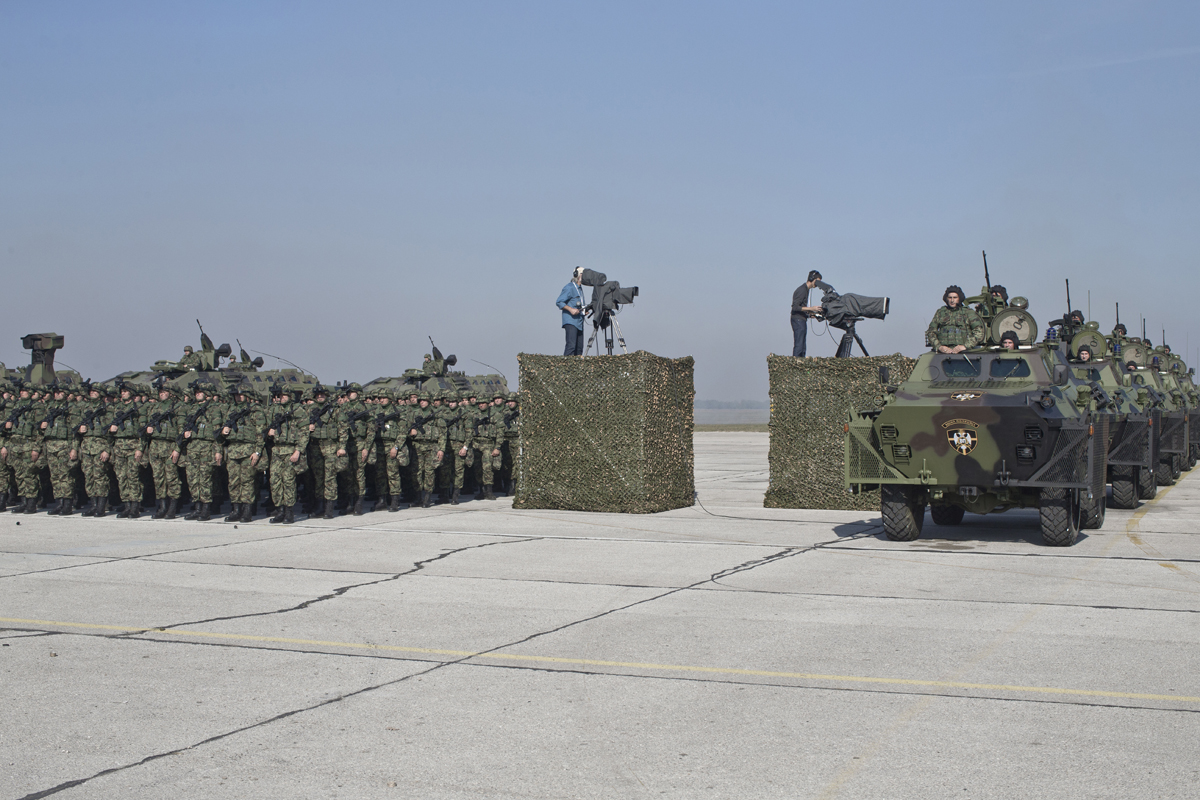
©Marko Drobnjakovic, Camera operators film during a military parade, Belgrade, Serbia, September 20, 2017. Serbia, an EU candidate country, appointed a retired general convicted of war crimes for atrocities committed by Serb troops during the 1998-1999 Kosovo war as a lecturer at the country’s highest ranking military school in 2017.
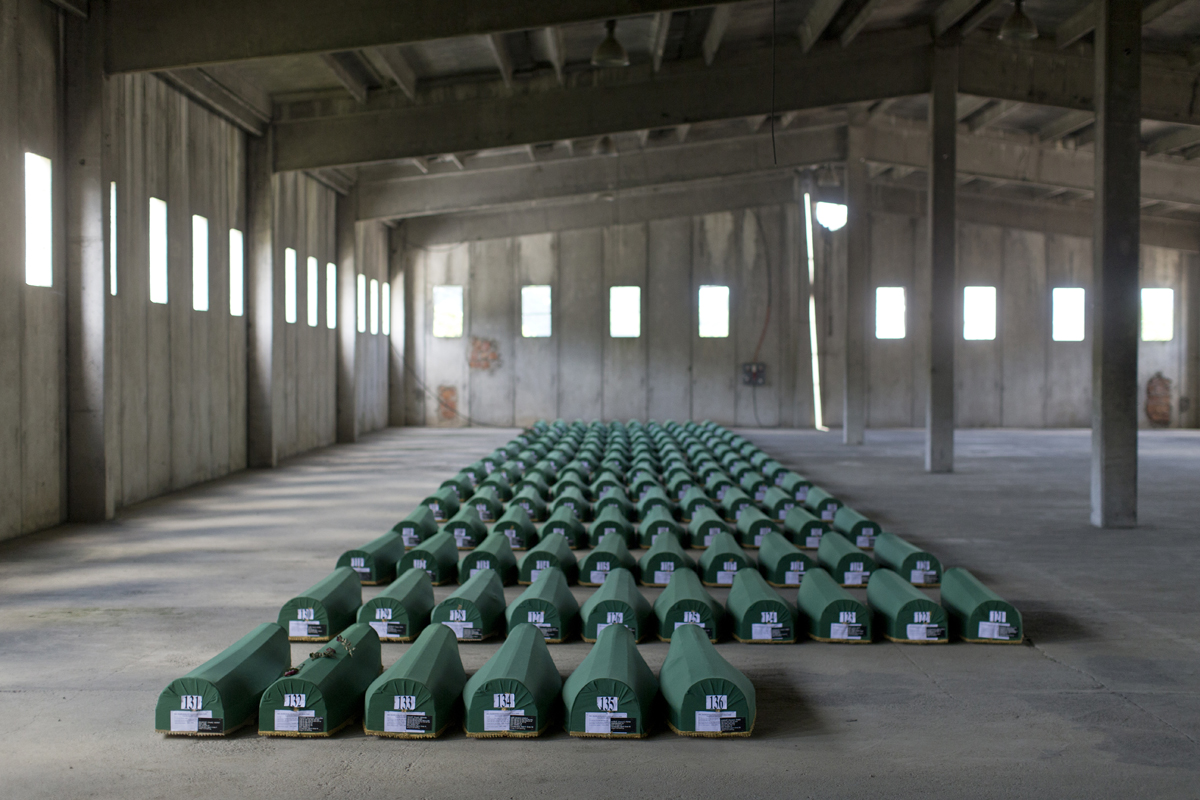
©Marko Drobnjakovic, Coffins containing the remains of victims of the Srebrenica genocide are laid out at the Potocari memorial complex, Srebrenica, Bosnia and Herzegovina, July 10, 2011. In 2004, the International Criminal Tribunal for the former Yugoslavia ruled that the mass killings of Srebrenica’s male inhabitants by Bosnian Serb forces, one of the worst atrocities of the 1990’s Yugoslav wars, constituted genocide. Bosnian Serb and Serbian officials often dispute the genocide qualification, calling the crime a massacre instead.
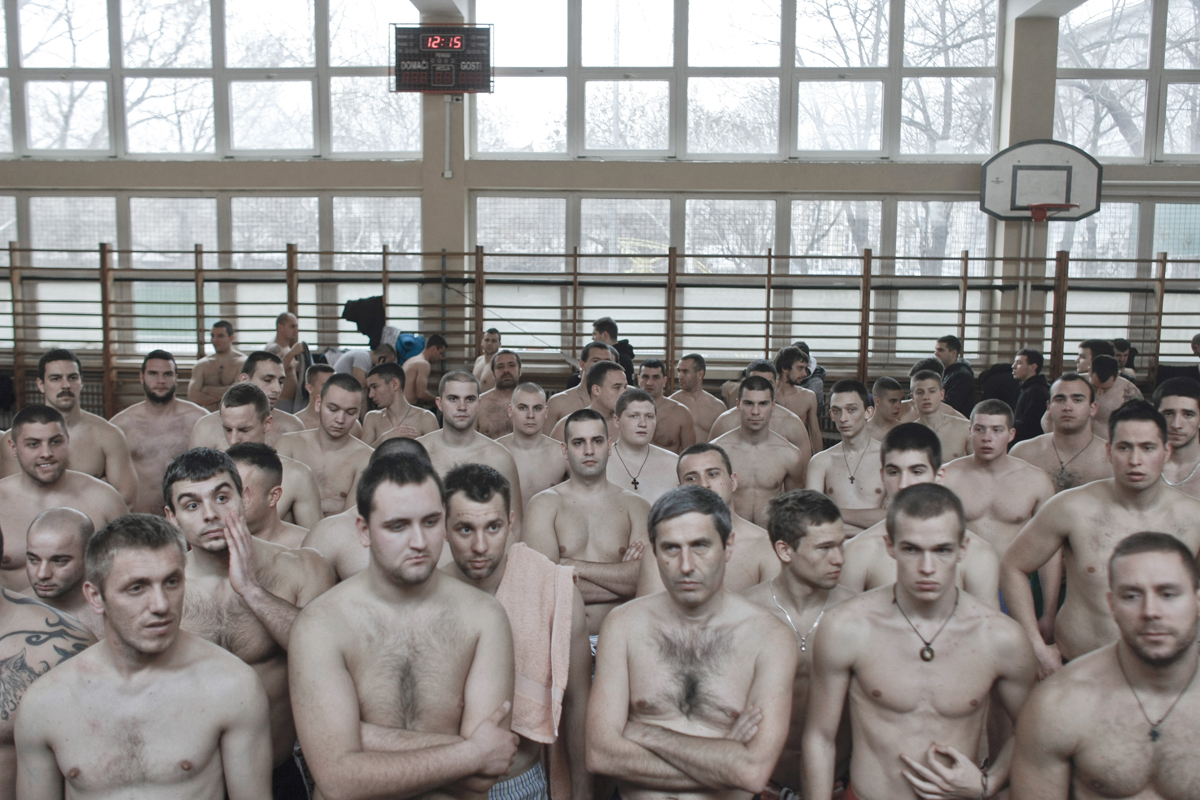
©Marko Drobnjakovic, Participants in the Epiphany cross retrieval swimming race listen to a fiery motivational speech as they prepare to swim the winter waters of the Danube, Belgrade, Serbia, Jan. 19, 2014. Cross retrieval races and other Orthodox Christian religious traditions regained popularity in Serbia as nationalist and religious feelings surged after the breakup of Yugoslavia.

©Marko Drobnjakovic, A monument to the 1943 Battle of the Neretva stands heavily damaged, Mt. Makljen, Bosnia and Herzegovina, Oct. 19, 2018. The monument was a popular gathering place during the Yugoslav era, attracting thousands of visitors on national holidays. After the 1990’s Yugoslav conflicts, the memorial fell into disrepair, and was finally blown up with dynamite in 2000 by unknown perpetrators.

©Marko Drobnjakovic, Dzavahira Grahic, 60, a Yugoslav, poses for a photograph during a commemoration ceremony, Zenica, Bosnia and Herzegovina, July 27, 2017. Grahic serves as one of the leaders of a local chapter of the Association of Anti-Fascists and WWII veterans in Zenica.
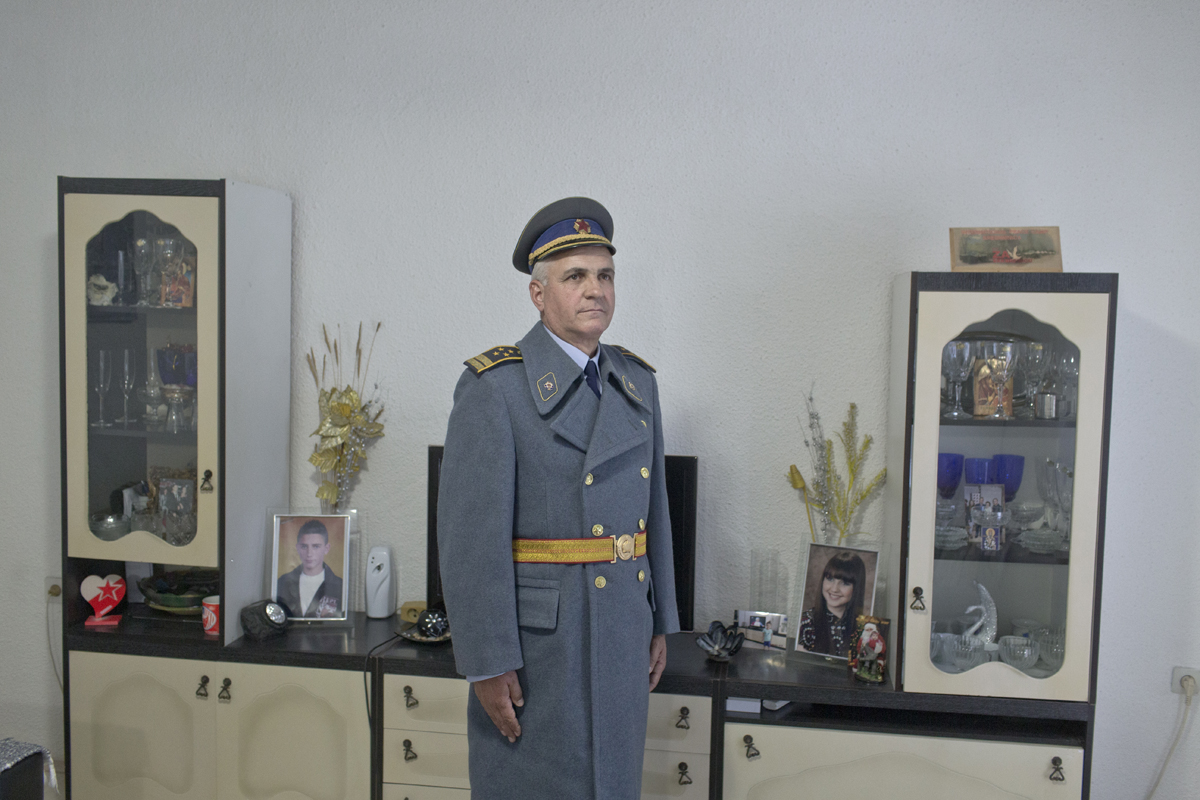
©Marko Drobnjakovic, Gorgi Nikolov, nicknamed Tito, 58, a Yugoslav and a retired police officer, poses for a photograph inside his living room while wearing his Yugoslav era government issued winter uniform coat, Kocani, Macedonia, May 24, 2017. Nikolov, together with a group of friends, organizes and finances a private ceremony to commemorate the birthday of Josip Broz Tito, former Yugoslav leader, each May 25th, in the town of Kocani.
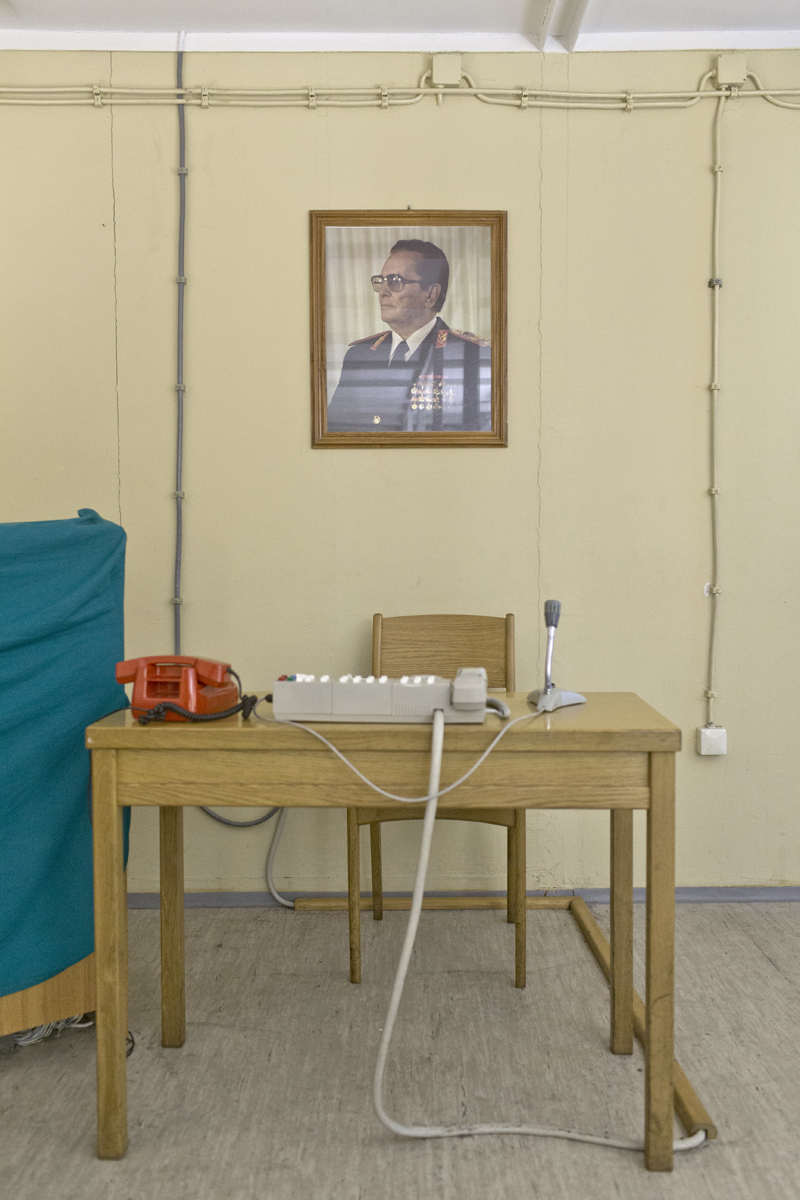
©Marko Drobnjakovic, A portrait of Josip Broz Tito, the late Yugoslav leader, is seen inside a Yugoslav-era underground nuclear bunker, Konjic, Bosnia and Herzegovina, July 26, 2017. The bunker was constructed in order to protect Tito and other Yugoslav leaders in case of a nuclear attack. It remained Yugoslavia’s top secret until the violent dissolution of the country in the 1990’s. Left largely intact in the Yugoslav conflicts due to its secret location, the bunker now serves as a museum and gallery, but struggles with finances because of a lack of interest from tourists.
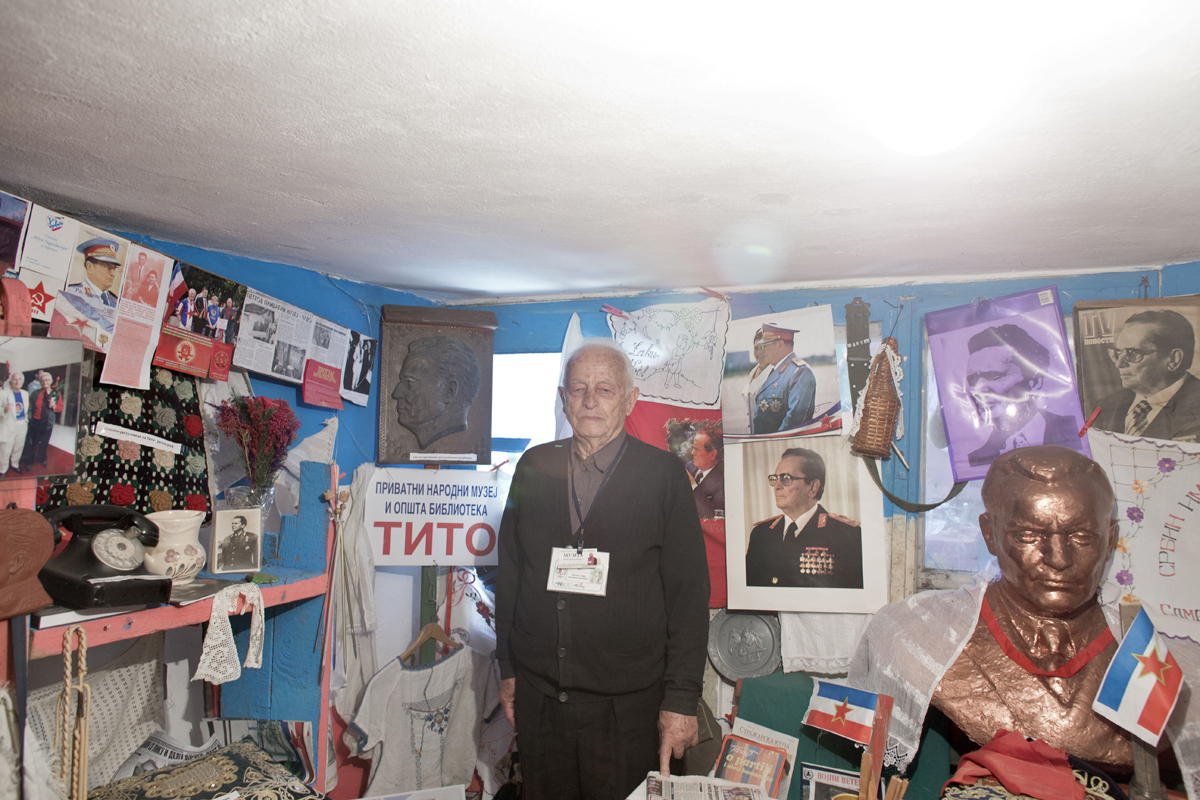
©Marko Drobnjakovic, Petko Popovic, 85, a Yugoslav, stands amid his collection of items related to the former country, inside his garage, Kostolac, Serbia, April 26, 2017. Popovic, a former miner and union leader, spent years collecting objects and items related to Yugoslavia, and finally opened a private museum in his garage. Visitors are extremely rare.
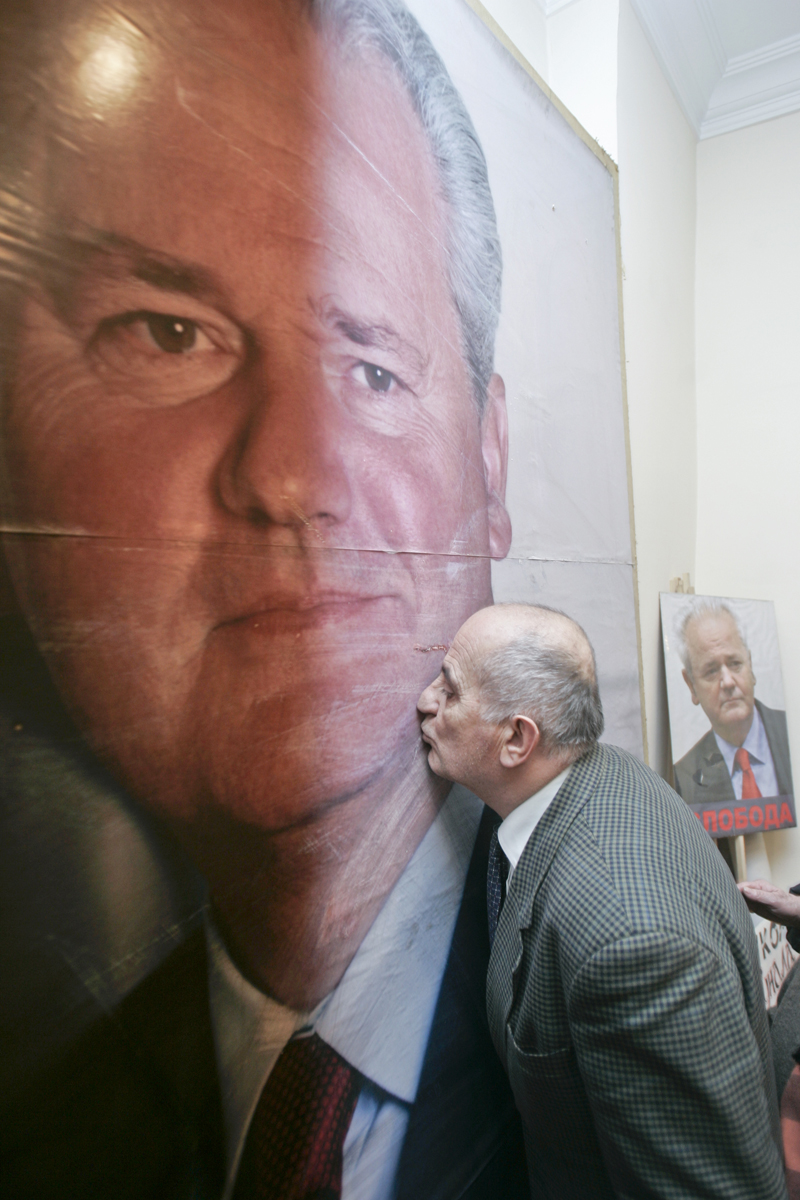
©Marko Drobnjakovic, A man kisses a poster depicting Slobodan Milosevic, former Serbian strongman, upon hearing news of his passing in Belgrade, Serbia, March 11, 2006. Milosevic was the main driving force behind the bloody breakup of Yugoslavia, stirring and exploiting hardline nationalist sentiment in Serbia, the biggest and the most populous of the six Yugoslav republics.
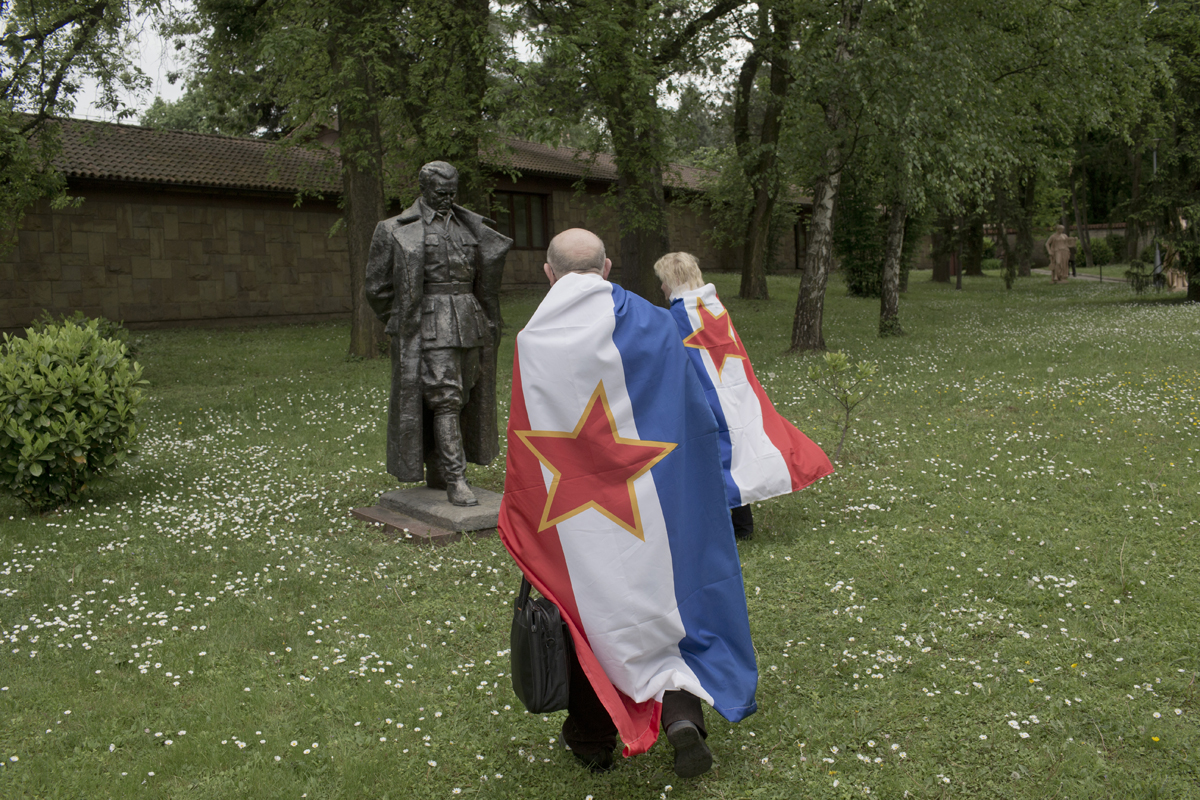
©Marko Drobnjakovic, Two people covered in Yugoslav flags approach a statue of former Yugoslav leader, Josip Broz Tito, inside the House of Flowers memorial complex that houses his gravesite, Belgrade, Serbia, May 4, 2017. The House of Flowers, Tito’s final resting place, attracts hundreds of Yugoslavs and Yugonostalgics each year on May 25, the day Tito was born, and on May 4, the day he died. Visitors are rare throughout the rest of the year.

©Marko Drobnjakovic, A municipal worker smokes a cigarette next to bags containing remains of Kosovo Albanian victims, discovered inside a Serbian special police training facility after the fall of the Slobodan Milosevic regime, Belgrade, Serbia, August 9, 2005. The remains of Kosovo Albanian victims of atrocities in the 1998-1999 war were moved from Kosovo to Serbia proper before the conflict ended in order to disguise or diminish the scale of the crimes committed by some of the Serb forces.
Posts on Lenscratch may not be reproduced without the permission of the Lenscratch staff and the photographer.
Recommended
-
The International Women in Photo Association Awards: Lorraine Turci: The Resilience of the CrowMarch 16th, 2024
-
The International Women in Photo Awards: Natalia Garbu: Moldova LookbookMarch 15th, 2024
-
The International Women in Photo Association Awards: Rayito Flores Pelcastre: Chirping of CricketsMarch 14th, 2024
-
The International Women in Photo Association Awards: Alena Grom: Stolen SpringMarch 13th, 2024
-
The International Women in Photo Association Awards: Louise Amelie: What Does Migration Mean for those who Stay BehindMarch 12th, 2024




















